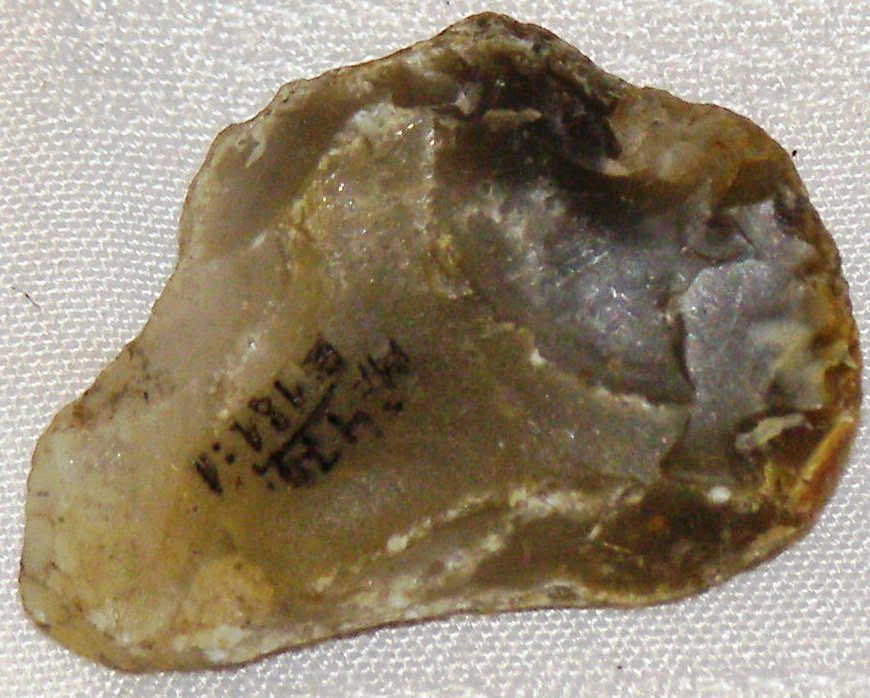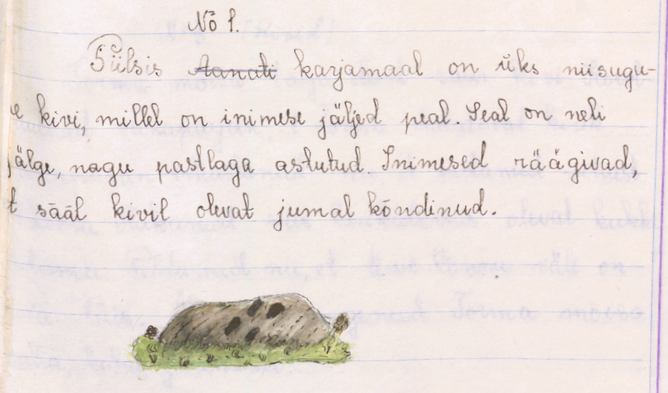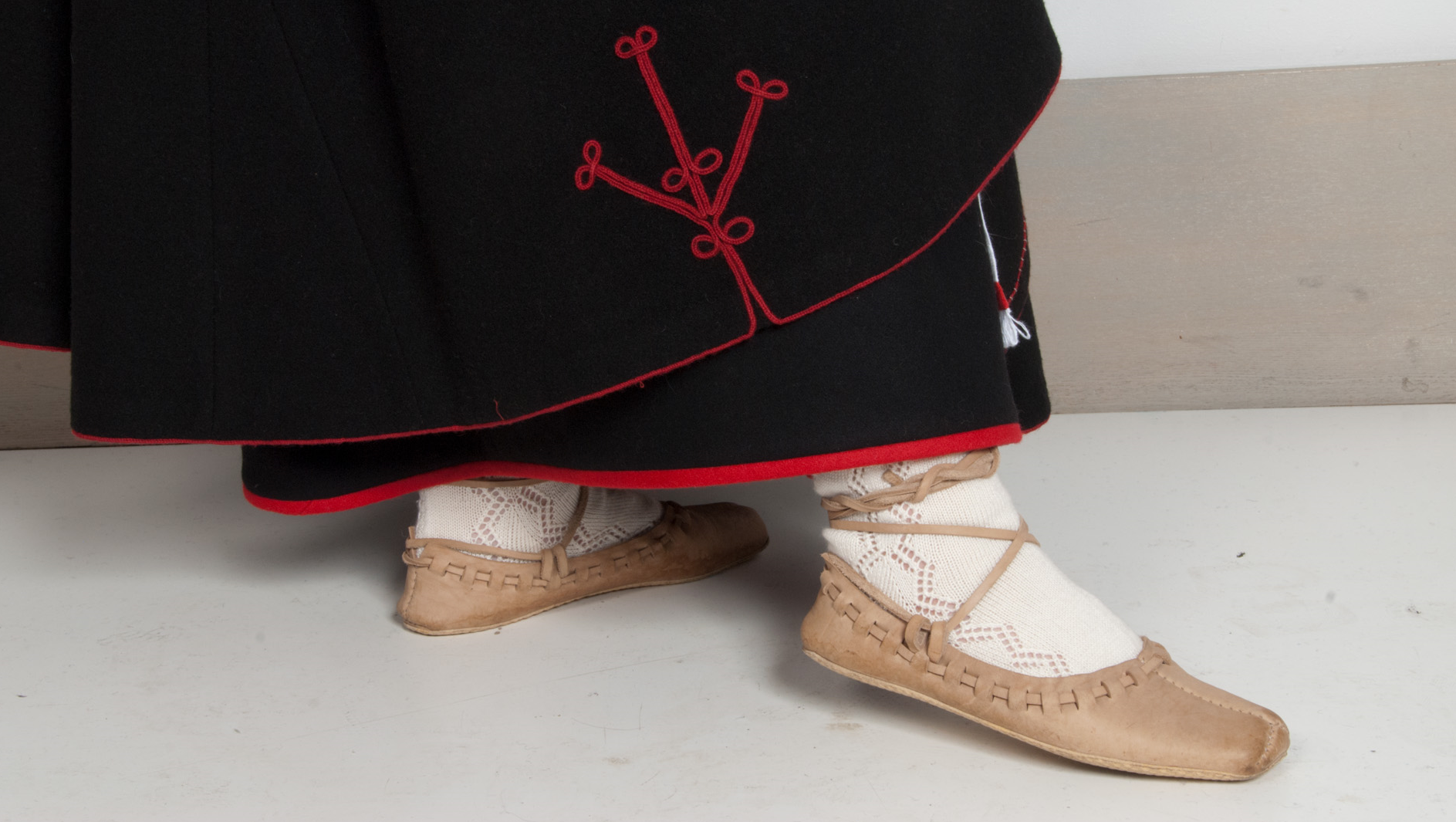Gods
The word jumal – "god" – in the sense of a supernatural being, may have denoted both god and heaven as the abode of a god. The root of the word is very ancient, known in the Finno-Ugric languages and in the neighboring Latvian, and probably comes from an Indo-Iranian or Indo-European language. Today, God usually refers to a powerful supernatural being personified in a monotheistic or polytheistic religion.
In the Estonian worldview, the thunder god was probably one of several powerful creatures, responsible for his realm, but not ruling over other gods.
The creator of thunder and lightning was believed to be an older man: called Vanataat – „Old Dad“, and or Vanaisa – „Grandfather“. The contemporary word for thunderstorm is äike, a diminutive form of äi – „old man“; lightning is pikne, or välk. However, „old“ also has the connotation of „great“, or „grand“; the same way as in informal English „old“ is used for emphasis after adjectives like big, good, etc.
According to Uku Masing, these names may have been euphemisms to avoid the real name of the feared god. The Finns called their similar sky god Ukko, which means old man. In Scandinavian texts, a similar sky god is called Thor.

MF _ 474:1 E 181:1.
http://www.muis.ee/museaalview/1547205.
The children were threatened that if they were disobedient, God might throw a hot stone at them. Behind it could be the image of the lightning bolts thrown by Vanataat, which were equated with the flint tools of the ancient people. It was thought that they were initially hot lightning bolts, which later solidified into stones in the ground.
One of the oldest known folklore texts in Estonian is the "Pikse palve" – „Prayer to Thunder“ (1644), where Thunder is asked for rain and an ox is offered in return.
A lot of discussion has been caused by some old reports about the supposed god Taara, whom Henrik of Latvia mentions in the form of "Tarapita" as a god of the islanders of Saaremaa in his chronicle. It might be linked to the name of the Norse god Thor – given the islanders’ close ties to Norse and Viking culture, and Masing’s comparison of Estonian-Finnish Uku or Ukko and Scandinavian Thor.

There is one such stone in a pasture in Piilsi with human footprints on it. There are four marks, as if stepped on with leather shoes. People say that a god walked on that stone.
Piilsis karjamaal on üks niisugune kivi, millel on inimese jäljed peal. Seal on neli jälge, nagu pastlaga astutud. Inimesed räägivad, sääl kivil olevat jumal kõndinud.


